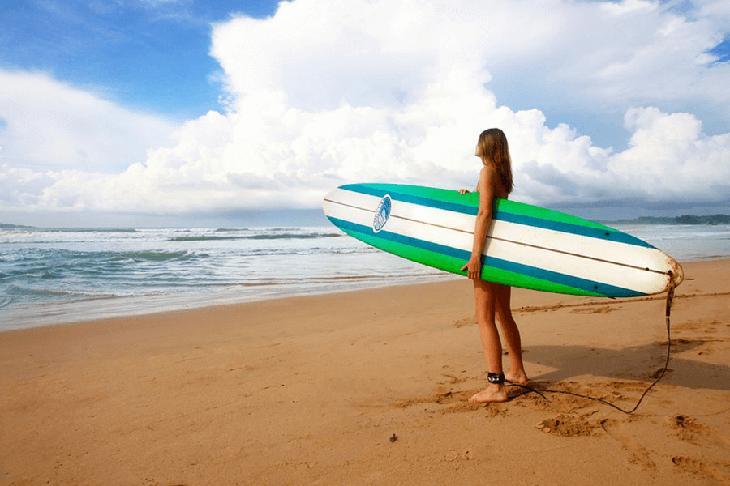
What passions do you have? If water is not on the list, then you’re missing out on all the fun and adrenaline rush that comes with surfing. It is said to be among the toughest disciplines in board sports but hey, many are doing it, with others even earning from the game! Longboard surfboards are perfect for beginners because they are stable and easy to maneuver with, making it easy for you to master the skill as you practice your stance to perfection. Read through to know whether you will find it easy or hard.
1. Preparation
Your surfing experience will largely be determined by how prepared you are. Some factors in this respect include:
Board selection: First of all, you’ll want to get a board that is appropriate for your height. You can tag along with a friend who is more experienced in surfing to help you in selecting the best longboard surfboard for you as a beginner. Surfboards vary in terms of material, shape, and size.
Essentials: Always ensure you carry your essentials with you anytime you want to take up playing with the waves on your surf wagon. Having them centralized prevents the loss of items you paid dearly for to have a good time against the waves. This will make your experience easier and more fun.
Observation: Before actualizing your dreams of becoming the next big thing on the water, take time to observe how, when, where, and why people are doing things the way they are doing. Take time to understand and master the art before getting into the game. Observe and learn more about waves, the lulls between the set, the break, the direction of the current, among other crucial factors.
2. Master Paddling
Timing the paddle out: Surfing requires a lot of patience, especially when it comes to paddling. When a set of waves approach, enter the water, wade the deepest you can go, and make sure your foot is on the ground. When the last set of waves is over you, jump on your board and start paddling. This allows you to paddle when it is calm.
Balanced positioning: This will need a technique for you to maintain stability now that you are on top of the board and already in the water. Water is life but it can be deadly if not properly handled. On a longboard, ensure the nose of the board is slightly above the tail while on water and your eyes should be directly above the center of the stringer.
Centric-based paddling: Don’t lose too much energy trying to paddle hard. Over-paddling reduces speed. Just relax, take it slow, and you will notice you will be going faster. Keep your focus, head steady, and broaden your shoulders when paddling. Once you master the art, paddling will be effortless.
Know when to paddle and when to wait: Mastering this will determine your stand in this sport. Always sit close to the surfer getting the most waves. Once the waves get closer, face the waves, and give your best shot by catching it on time. The latter is what allows you to take the sporting crown.
Check your surroundings: As you catch the wave, make sure you enjoy the moments cautiously. As you spin and paddle, make sure you do not run into someone and cause an accident. You should also be a good swimmer, just in case things go south.
3. Surfing and Kicking Out
When surfing, keep your movements compact and smooth. Mastering your movements will need a lot of practice, keeping in mind that what works for one person may not necessarily work for the other. Practice makes perfect!
Finally, surfboards don’t come with brakes, so how you end it entirely depends on you. All you have to ensure is that your path is clear, the water deep enough, and fall back on your butt, giving paddling your best shot! From the above pointers, does it seem easy? Your attitude dictates your altitude! As you begin to surf, be sure to stumble and fall countless times but hey, patience is a game-changer.


